Nationality American Role Artist | Name James Wines Occupation Architect | |
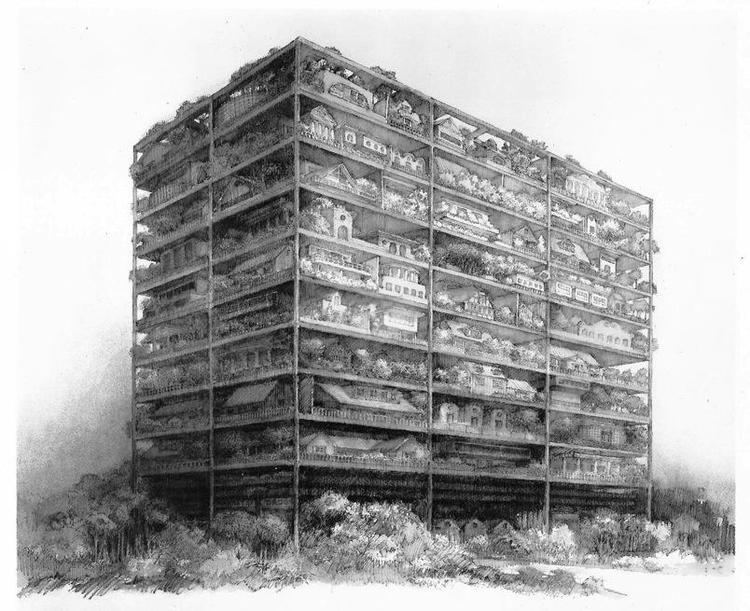 | ||
Practice SITE environmental Design Projects Ghost Parking Lot, Indeterminate Facade, Tilt Building, Forest Building, HighRise of Homes, Highway 86, Laurie Mallet House, Museum of Islamic Arts Proposal, Madison Square Park Kiosk (Shake Shack) Books Green Architecture, De-architecture Artwork Best Terrarium Showroom, South San Francisco, California Awards Guggenheim Fellowship for Creative Arts, US & Canada | ||
Design talks a conversation with michael sorkin james wines
James Wines (born 1932) is an American artist and architect associated with environmental design. Wines is founder and president of SITE, a New York City -based architecture and environmental arts organization chartered in 1970. This multi-disciplinary practice focuses on the design of buildings, public spaces, environmental art works, landscape designs, master plans, interiors and product design. The main focus of his design work is on green issues and the integration of buildings with their surrounding contexts.
Contents
- Design talks a conversation with michael sorkin james wines
- Www james wines timelapse
- Background and career
- Philosophy on hand drawing
- Selected works by James Wines SITE
- Professional recognition
- Monographs special publications and exhibition catalogues
- References
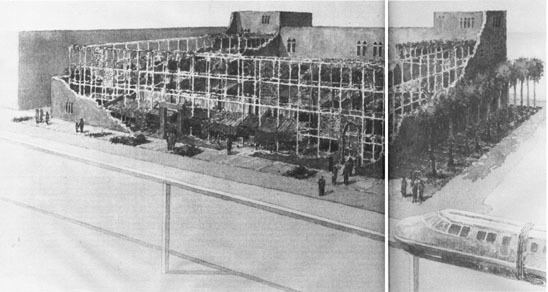
Wines is currently a professor of architecture at Penn State University. In addition to critical writing, he has lectured in fifty-two countries on green topics since 1969. In 1987, his book De-Architecture was released by Rizzoli International Publications. There have been twenty two monographic books museum catalogues have published his drawings, models and built works for SITE. In total, Wines has designed more than 150 projects for private and municipal clients in eleven countries. He has won twenty-five writing and design awards including the 1995 Chrysler Design Award.
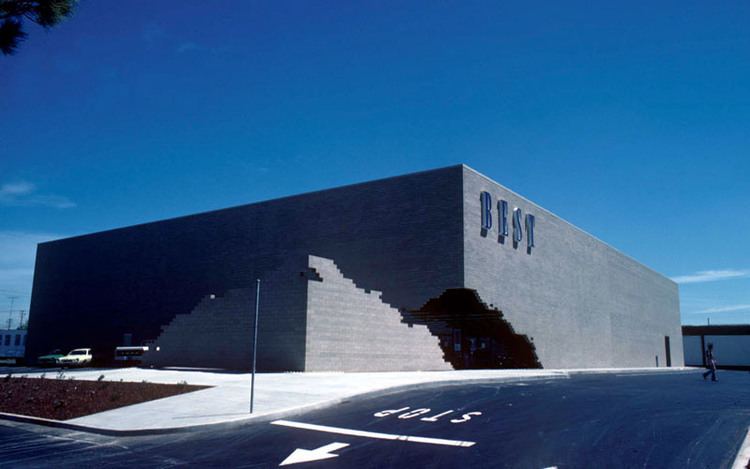
Wines explicitly expresses his own "concern for the Earth." Having written at length on new modes of architecture, design, and planning:
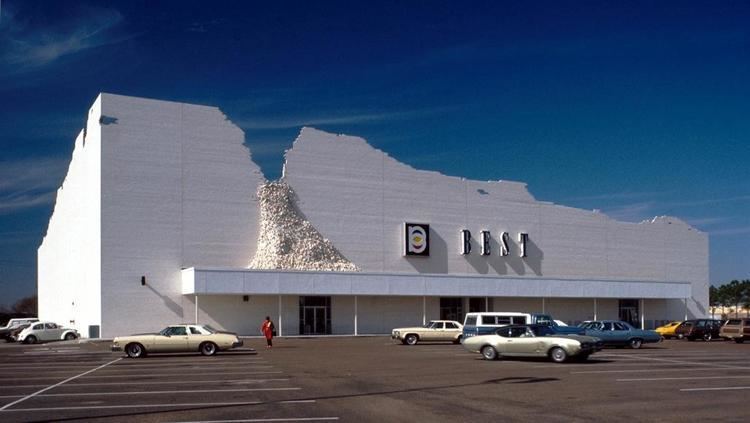
The [20th] century began with architects being inspired by an emerging age of industry and technology. Everybody wanted to believe a building could somehow function like a combustion engine. As an inspirational force in 1910, one can understand it. But as a continuing inspiration in our post-industrial world, or our new world of information and ecology, it doesn't make any sense.
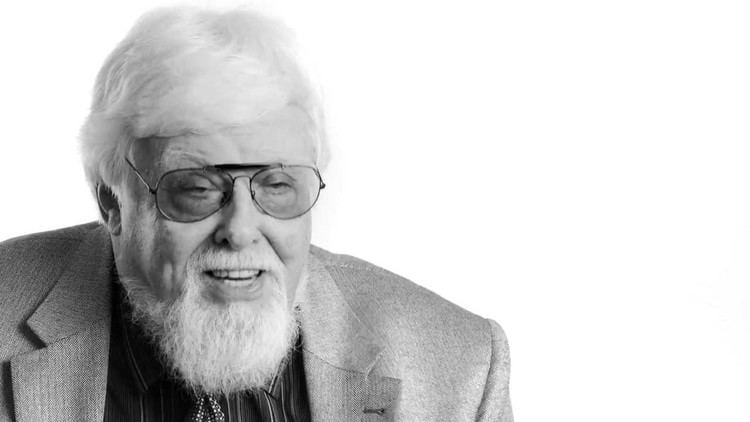
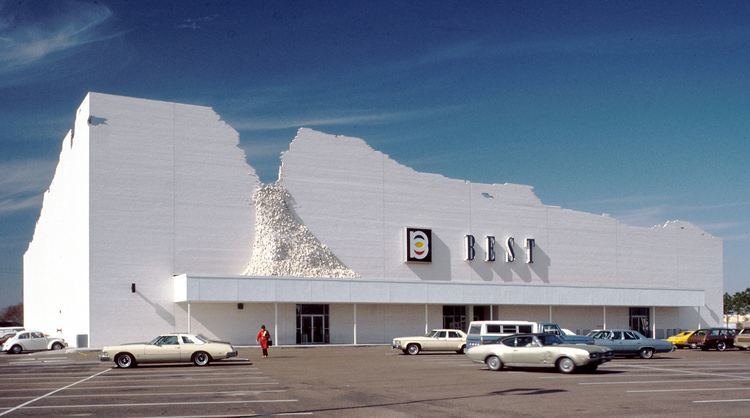
Www james wines timelapse
Background and career
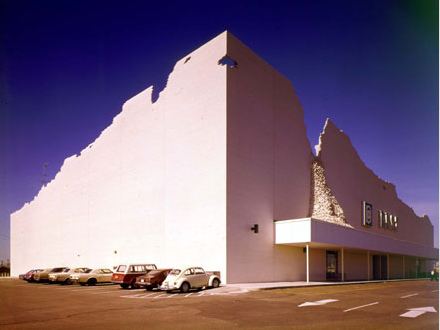
James Wines graduated from Syracuse University in 1956. He became a Fellow of the American Academy in Rome that year and was bestowed a Guggenheim Fellowship in 1962. He began his career as a successful sculptor and graphic designer, exhibiting with the Otto Gerson Gallery (subsequently Marlborough Gallery) in New York.
Professor Wines’ corporate clients include (e.g., Swatch, MCA Universal, MTV, Nickelodeon, Williwear, Isuzu, Disney, Costa Coffee, Carrabba's Restaurants, Saporiti Italia, Brinker International, Allsteel, Ranger Italia, Reliance Energy Corporation, Denny's, BEST (out of business)). Among municipal clients, he has worked for the cities of Hiroshima, Yokohama, Toyama, Seville, Vienna, Vancouver, Le Puy en Velay, Chattanooga, and New York City. His original drawings for these projects have graced the covers of dozens of international design magazines.
As an educator, Wines originally held adjunct positions at the New School for Social Research (1963–65) and a number of other institutions. In 1974, he taught as an Associate Professor of Fine Art in the New York University Department of Art and Arts Professions. This was followed by visiting professorships at Dartmouth College, the University of Wisconsin, New Jersey School of Architecture, and Cooper Union Design Center. He was chair of the Environmental Design department at Parsons School of Design from 1984 to 1990. After teaching at Domus Academy in Italy and at the University of Oklahoma, he became a professor of architecture at Pennsylvania State University in 1999.
Philosophy on hand drawing
Professor Wines strongly advocates hand drawing as a key to conceptual processes, alongside computer-aided tools “For most architects graphic representation is notional, technical, or illustrative and mainly used as an analytical tool to record design intentions. I consider drawing more as a way of exploring the physical and psychological state of inclusion, suggesting that buildings can be fragmentary and ambiguous, as opposed to conventionally functional and determinate.”
